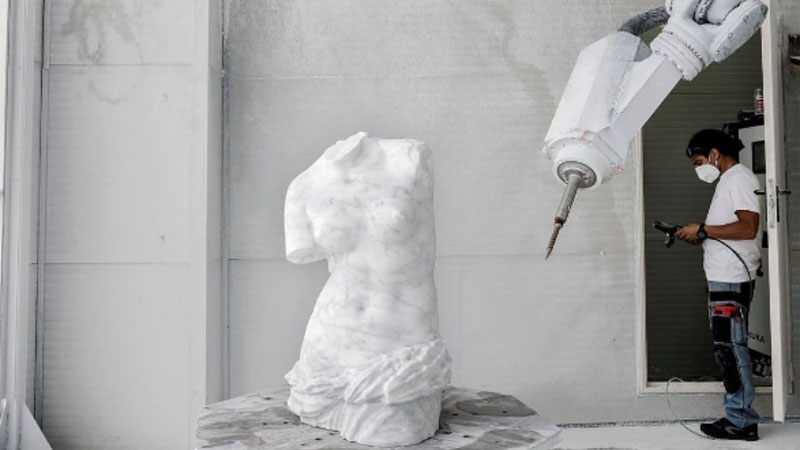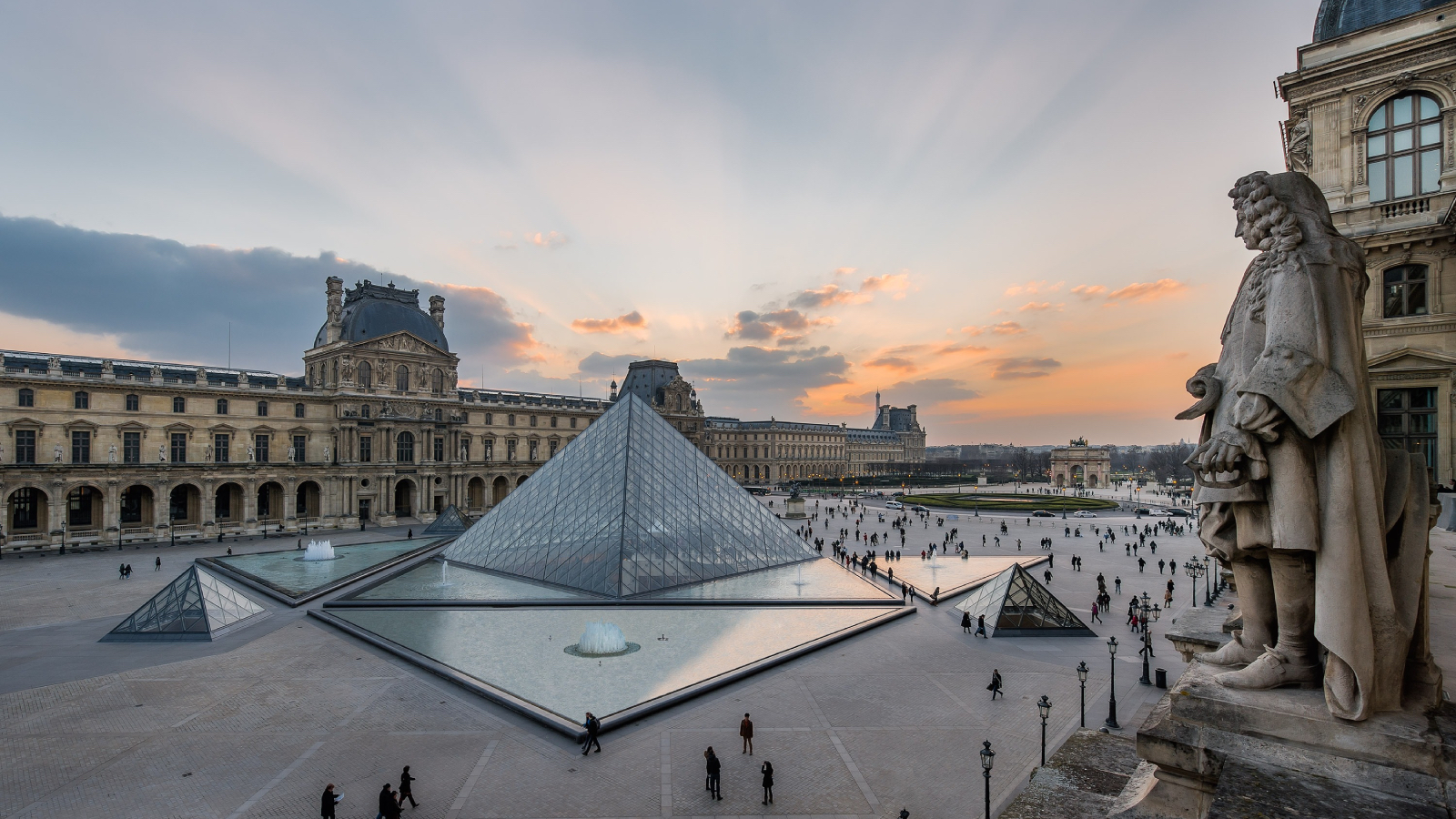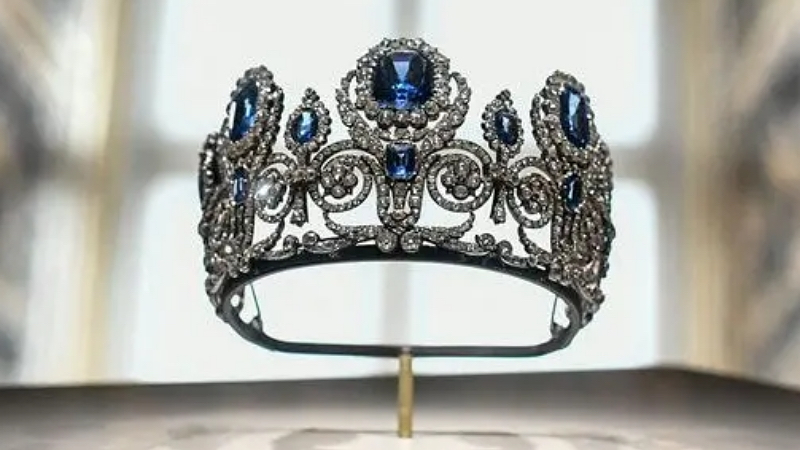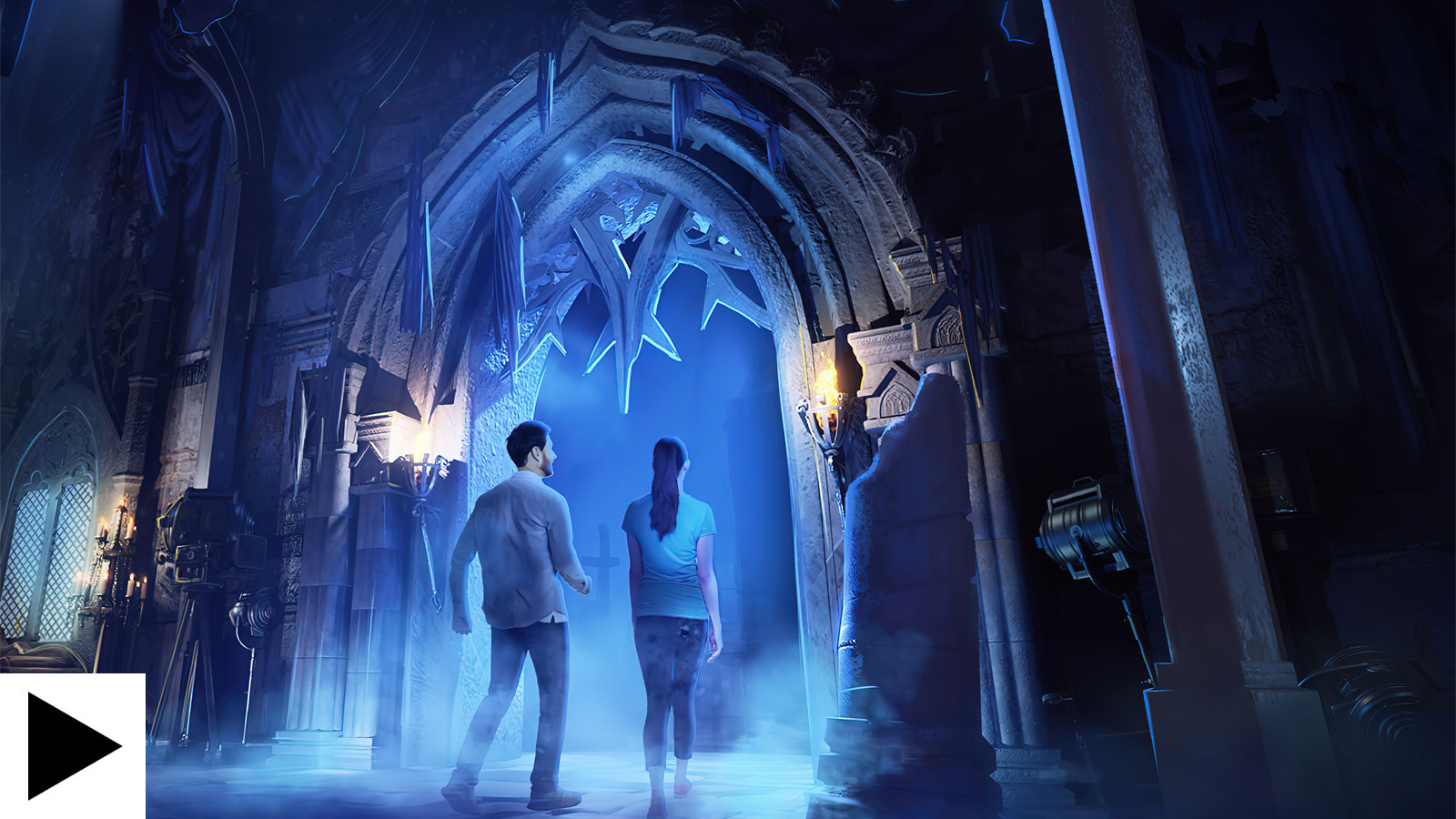|
Detailed replicas of the controversial Elgin or Parthenon Marbles, created by a robot, will soon go on display in London

Lauren Heath-Jones | Planet Attractions | 20 Jul 2022

 The robot began carving the replicas in June Credit: Robotor The robot began carving the replicas in June Credit: Robotor
Replicas of the Parthenon Marbles, also known as the Elgin Marbles, carved by AI will soon go on display in London, UK.
Detailed replicas of two of the Marbles, currently housed at the British Museum in London, have been carved by a robot capable of creating accurate and detailed reproductions of large-scale historical objects.
According to The New York Times, the robot, developed by Italian company Torart/Robotor, began carving one of the replicas - a life-sized head of a horse - in a workshop in Carrara, Italy, in June. The second replica, a sculpted panel, is currently being worked on.
The project is helmed by the Institute of Digital Archaeology with the Institute’s executive director Roger Michel confirming that both pieces will be completed by the end of July and exhibited at a soon-to-be-announced location in London shortly after.
“Copies like this will allow the British Museum to fulfil, indeed, significantly expand, its educational mission, while promoting ethical stewardship of important heritage objects,” said a statement from the Institute for Digital Archaeology.
Speaking to The New York Times Michel said: “Our sole purpose is to encourage repatriation of the [Parthenon] Marbles.”
“When two people want the same cake, baking a second, identical cake is one obvious solution,” he added.
In March, Michel and his team submitted a formal request to the British Museum to scan the collection of Marbles on display, however museum officials denied this request. Instead, Michel, who had been planning to serve an injunction against the museum for access to the Marbles, scanned part of the Marbles using an iPad fitted with sophisticated Lidar sensors.
The British Museum responded with the following statement: “The British Museum was deeply concerned to hear suggestions that unauthorised scanning took place in our galleries. Any such activity would be a breach of our visitor regulations.
“We regularly receive requests to scan the collection from a wide range of private organisations. It is not possible to routinely accommodate all of these.”
Originally part of the temple of the Parthenon and other buildings on the Acropolis of Athens, between 1801 and 1812, employees of Thomas Bruce, 7th Earl of Elgin removed about half of the surviving sculptures of the Parthenon, as well as sculptures from the Propylaea and Erechtheum, transporting them to Britain. Elgin claimed to have obtained an official decree from the ruling government at the time to remove the artefacts, though the decree has never been found despite a wealth of documents from the same period.
Greece gained its independence from the Ottoman Empire in 1832. Since then the state has been on a campaign to retrieve the marbles, alongside other monuments and looted art. The original acquisition was supported by some, though others, such as Lord Byron, likened the Earl's actions to vandalism or looting. Elgin later sold the marbles to the British government in 1816.
This is the latest such project for the Institute, which collaborated with Torart/Robotor in 2016, to unveil a life-sized replica of a 2,000-year-old Roman arch from Palmyra, Syria, in London’s Trafalgar Square in honour of World Heritage Week.
Museums and galleries
|
|






Supplier Showcase 2025: The biggest attractions projects landing worldwide this year
|